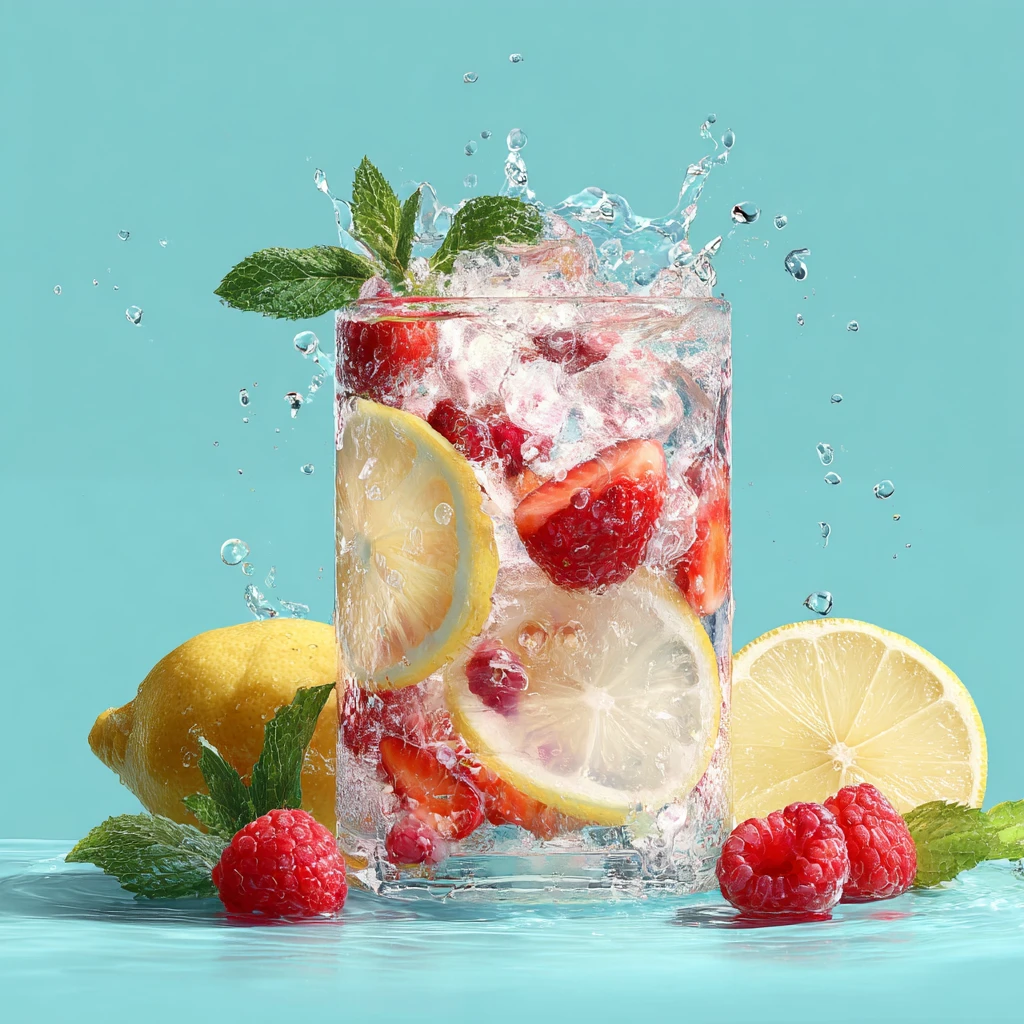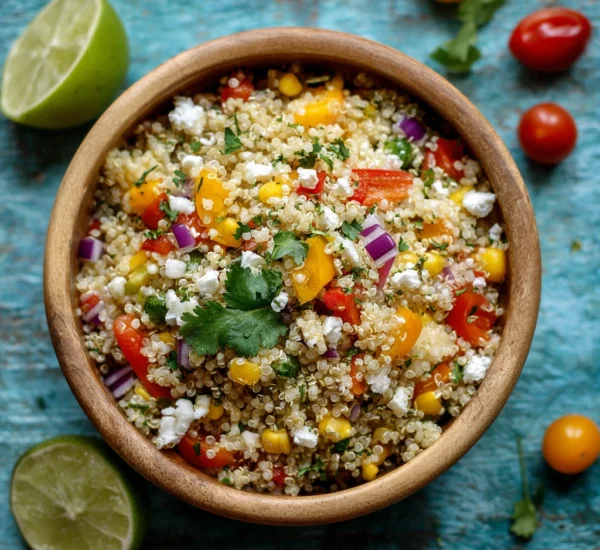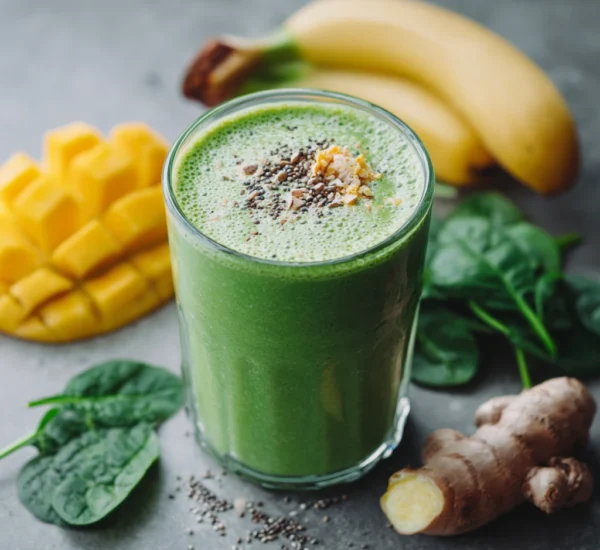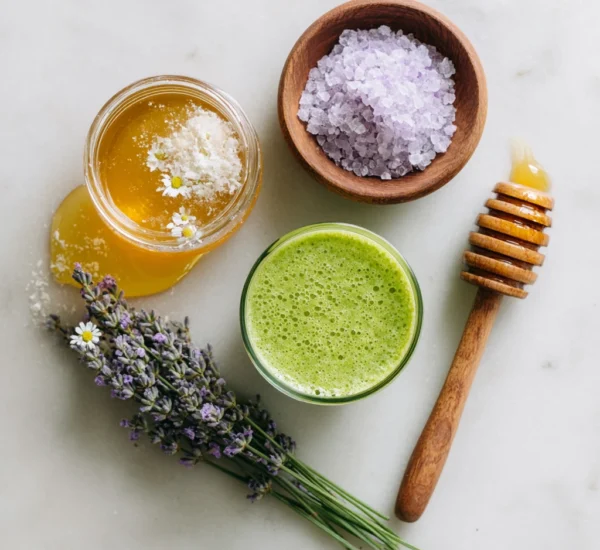Refreshing Recipes for Daily Hydration: Quench Your Thirst Naturally
Staying hydrated is essential for overall health and well-being. Water keeps our bodies functioning properly, aiding in everything from regulating temperature to transporting nutrients. However, plain water can sometimes feel…plain. Luckily, there are countless delicious and refreshing ways to boost your daily hydration and keep things interesting. This guide will explore a variety of recipes, tips, and tricks to make staying hydrated a delightful experience.

The Importance of Hydration and Recognizing Dehydration
Before diving into specific recipes, let’s reiterate why hydration is so vital. Water comprises a significant portion of our bodies, and even slight dehydration can lead to noticeable symptoms. These can include headaches, fatigue, dizziness, constipation, and decreased cognitive function. Chronic dehydration can have more severe long-term consequences, impacting kidney function, cardiovascular health, and even skin elasticity.
Recognizing the signs of dehydration is crucial. Thirst is the most obvious indicator, but don’t wait until you’re thirsty to drink. Pay attention to urine color – pale yellow indicates good hydration, while dark yellow suggests you need to increase your fluid intake. Other signs include dry mouth, decreased urination, and muscle cramps. Factors like physical activity, hot weather, and certain medical conditions can increase your fluid needs.
Infused Water: Elevate Your Hydration
Infused water is a simple yet effective way to make drinking water more appealing. By adding fruits, vegetables, and herbs to your water, you can infuse it with natural flavors and subtle sweetness without adding sugar or artificial ingredients. The possibilities are endless, allowing you to customize your infusions to suit your taste preferences.
Creating Your Infused Water Masterpiece:
- Choose Your Base: Start with filtered water for the best taste.
- Select Your Ingredients: Experiment with different combinations of fruits, vegetables, and herbs. Popular choices include:
Fruits: Berries (strawberries, blueberries, raspberries), citrus fruits (lemons, limes, oranges, grapefruits), melon (watermelon, cantaloupe, honeydew), cucumber, pineapple.
Vegetables: Cucumber, celery, ginger.
Herbs: Mint, basil, rosemary, lavender.
Flavor Combination Ideas:
- Citrus Burst: Lemon, lime, and orange slices.
- Berry Bliss: Strawberries, blueberries, and raspberries.
- Cucumber Mint: Cucumber slices and fresh mint leaves.
- Tropical Twist: Pineapple chunks and coconut flakes.
- Watermelon Wonder: Watermelon cubes and fresh basil leaves.
- Ginger Zing: Ginger slices and lemon wedges.
Hydrating Smoothies: A Nutritious and Delicious Option
Smoothies are a fantastic way to pack in nutrients and hydration in one convenient drink. They’re easily customizable and can be tailored to your dietary needs and preferences. Use water, ice, or hydrating liquids like coconut water as your base.
Building the Perfect Hydrating Smoothie:
- Choose Your Liquid Base: Water, coconut water, almond milk, or even green tea can serve as your liquid base.
- Add Fruits and Vegetables: Include hydrating fruits like watermelon, berries, cucumbers, and spinach. Leafy greens like spinach and kale provide extra vitamins and minerals.
- Incorporate Healthy Fats: A source of healthy fats, such as avocado, chia seeds, or flax seeds, will add creaminess and help you feel full and satisfied.
- Boost with Protein (Optional): If you're looking for a post-workout recovery drink or a more substantial meal replacement, add a scoop of protein powder, Greek yogurt, or nut butter.
- Blend and Enjoy: Blend all ingredients until smooth and creamy. Add more liquid if needed to reach your desired consistency.
Hydrating Smoothie Recipes:
- Tropical Hydration: 1 cup coconut water, 1/2 cup pineapple chunks, 1/2 cup mango chunks, 1/4 avocado, handful of spinach.
- Berry Green Power: 1 cup water, 1 cup mixed berries (strawberries, blueberries, raspberries), 1 cup spinach, 1 tablespoon chia seeds.
- Watermelon Refresher: 1 cup watermelon cubes, 1/2 cup cucumber slices, juice of 1/2 lime, a few mint leaves.
- Cucumber Avocado Delight: 1 cup water, 1/2 cucumber, 1/4 avocado, juice of 1/2 lemon, a pinch of salt.
- Coconut Mango Magic: 1 cup coconut water, 1 cup frozen mango chunks, 1/4 cup shredded coconut, 1 tablespoon flax seeds.
Hydrating Foods: Eat Your Way to Hydration
While drinking fluids is essential, you can also boost your hydration by incorporating water-rich foods into your diet. Many fruits and vegetables have a high water content, making them excellent choices for staying hydrated.
Top Hydrating Foods:
- Watermelon: As its name suggests, watermelon is incredibly hydrating, containing over 90% water. It's also rich in vitamins, minerals, and antioxidants.
- Cucumber: Another excellent source of hydration, cucumbers are also low in calories and rich in nutrients.
- Strawberries: These juicy berries are packed with water, vitamins, and antioxidants.
- Spinach: This leafy green is not only hydrating but also a great source of vitamins, minerals, and fiber.
- Celery: Celery is mostly water and provides essential electrolytes like sodium and potassium.
- Cantaloupe: This melon is high in water content and a good source of vitamins A and C.
- Peaches: Peaches are juicy and refreshing, offering a good source of hydration and vitamins.
- Oranges: Oranges are known for their vitamin C content and are also a good source of hydration.
- Lettuce: Especially romaine and iceberg lettuce, which have high water content.
Incorporating Hydrating Foods into Your Diet:
- Salads: Create refreshing salads with hydrating ingredients like lettuce, cucumber, tomatoes, and watermelon.
- Snacks: Keep hydrating fruits and vegetables on hand for quick and easy snacks.
- Soups: Prepare broth-based soups with plenty of vegetables for a hydrating and nutritious meal.
- Smoothies: As mentioned earlier, smoothies are a great way to combine hydrating foods into a delicious drink.
- Fruit-infused water: Add slices of hydrating fruits like watermelon, cucumber, or strawberries to your water.
Tips and Tricks for Staying Hydrated
Beyond specific recipes and foods, there are several simple strategies you can implement to make staying hydrated a habit.
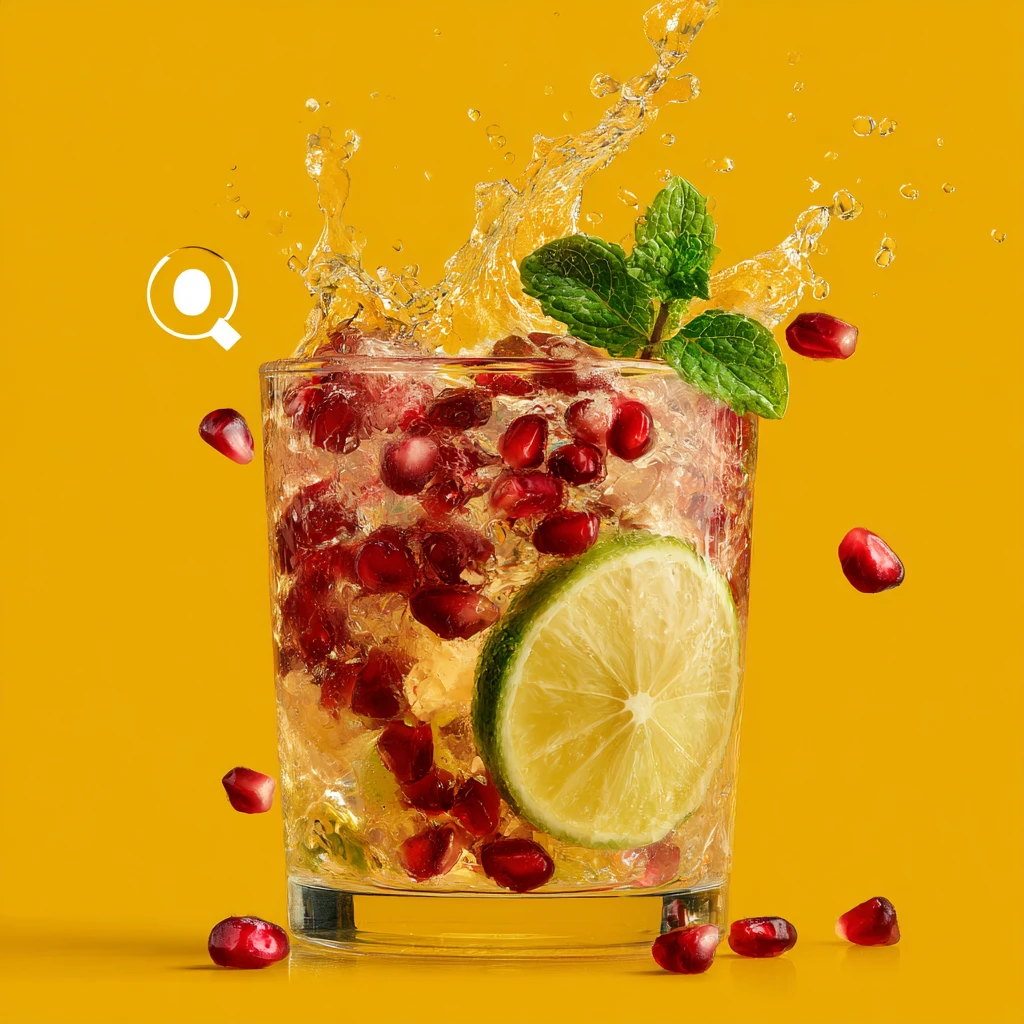
- Carry a Water Bottle: Keep a reusable water bottle with you throughout the day and refill it regularly. This serves as a visual reminder to drink more water.
- Set Reminders: Use your phone or computer to set reminders to drink water at regular intervals.
- Drink Before, During, and After Exercise: Replenish fluids lost through sweat by drinking water before, during, and after physical activity.
- Pair Water with Meals: Drink a glass of water with each meal and snack to help you reach your daily hydration goals.
- Listen to Your Body: Pay attention to your thirst cues and drink water whenever you feel thirsty.
- Make it a Habit: Incorporate drinking water into your daily routine. For example, drink a glass of water first thing in the morning or before you go to bed.
- Consider Electrolyte Drinks: If you're engaging in intense physical activity or sweating excessively, consider drinking an electrolyte-rich beverage to replenish lost minerals.
- Avoid Sugary Drinks: Limit your consumption of sugary drinks like sodas and juices, as they can contribute to dehydration and other health problems.
Frequently Asked Questions (FAQs) about Hydration
- How much water should I drink each day? The general recommendation is eight 8-ounce glasses of water per day (the "8×8" rule). However, individual needs can vary depending on factors like activity level, climate, and overall health. A good starting point is to aim for half your body weight in ounces of water per day.
- Can I count other beverages towards my daily fluid intake? Yes, beverages like tea, coffee, juice, and milk can contribute to your daily fluid intake. However, water should be your primary source of hydration. Be mindful of the sugar and calorie content of other beverages.
- What are the best electrolytes to look for in a hydration drink? Key electrolytes to look for include sodium, potassium, magnesium, and calcium. These minerals are essential for fluid balance, muscle function, and nerve transmission.
- Is it possible to overhydrate? Yes, although it's rare, it is possible to drink too much water, leading to a condition called hyponatremia (low sodium levels). This is more likely to occur in endurance athletes who drink excessive amounts of water without replenishing electrolytes.
- Does coffee dehydrate you? While coffee has a diuretic effect, studies suggest that moderate coffee consumption does not lead to significant dehydration. However, if you're concerned about dehydration, you can always drink a glass of water alongside your coffee.
